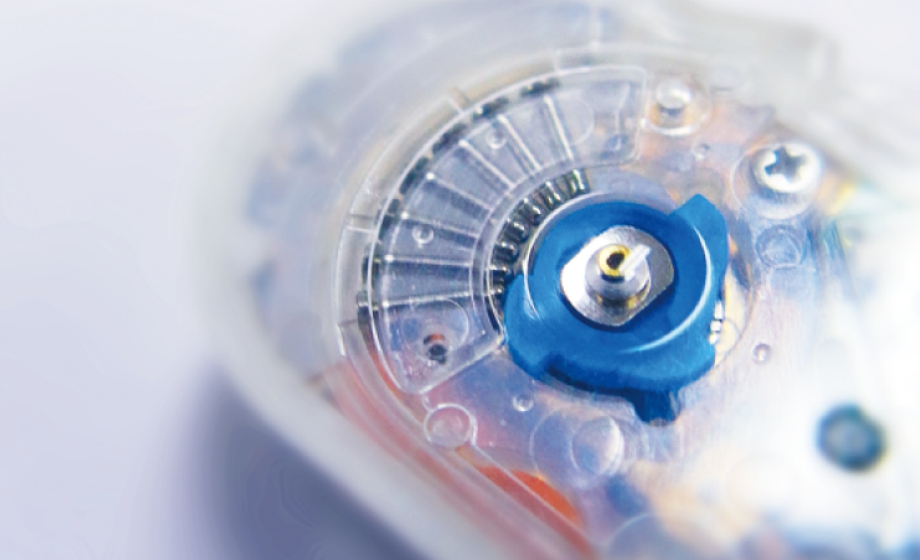Q&A Report: Compound Delivery, PK-PD, & Validation Studies in Oncology Research
When you refill the pumps daily, do you remove what's left in the pump before filling?
T. Tan: It is not required to remove the drug if that drug is still stable and/or you are not trying to measure remaining volumes.
Do you know of any CROs that offer studies using these pumps?
T. Tan: Please contact Primetech directly and we will be happy to discuss your options.
There are multiple CROs offering studies using iPRECIO pumps. These include CRL, Covance, Evotec, and others.
Do you perform sham surgeries for controls?
C. Schnell: Yes, this is required as vehicle controls with iPRECIO pumps for comparison. This is an FDA requirement when submitting for approvals.
For group housing, how many animals can you have per cage?
T. Tan: There are no maximums for animals with implanted pumps. This will only depend on your local animal housing regulations.
What is the average lag time before reaching steady state concentrations?
C. Schnell: In general, it takes 4-5 clearance half-lives to reach steady state.
How long is the battery life for mice and rats?
T. Tan: Basically, a maximum of 6 months at 1ul/hr for SMP-200 (rat or larger) and 67 days at 0.1ul/hr for SMP-310R (mouse or larger). More details can be found here: https://www.iprecio.com/products/tabid/233/Default.aspx
The application software can calculate battery life for more complex protocols.
How do we fill the pump once it is inside the animal?
T. Tan: Using a 27G needle and 1 mL syringe. Area around the septum port is shaved and sterilized before using the needle to pierce through the skin to access this port and fill the pump.
Are the pumps reusable?
T. Tan: They are designed for one time use, but we have some researchers re-use them after thorough sterilization and checking that battery life is still sufficient.
Where is the drug released? Into the blood stream or somewhere else?
Examples shown by Christian were IV administration, but the pumps can release compounds almost anywhere. For example, subcutaneously, intraperitoneally, intrathecally, and more…
Impact of continuous administration on chronobiological rhythms?
Usually, a diurnal rhythm recovers within 5 days – measured by temperature of a glucose sensor where both devices are implanted. Continuous infusion should not affect diurnal rhythm/circadian rhythm unless it is infusing a pharmaceutical which affects the circadian rhythm. See related publication here:
Bering T, Hertz H, Rath M. Rhythmic release of corticosterone induces circadian clock gene expression in the cerebellum. Neuroendocrinology 2020;110:604–615 https://doi.org/10.1159/000503720
Do you know if the iPRECIO are compatible with in vivo imaging systems?
C. Schnell: Yes, it should work for all imaging techniques except MRI due to metal in the devices. iPRECIO and telemetry have the same limitations. My advice here is just to ensure that the pump or device is not in between the tumor and the imaging system otherwise it will obscure your view.
Can you schedule pulsatile administrations (i.e., every 2-hrs) vs. continuous administrations to avoid downregulation/sensitization of mechanisms of action?
Yes, 2 example publications here with intermittent/circadian infusions versus continuous infusions:
Tobias Kroon, Ann Kjellstedt, Pia Thalén, Johan Gabrielsson, Nicholas D. Oakes. (2015) Dosing profile profoundly influences nicotinic acid’s ability to improve metabolic control in rats. Journal of Lipid Research, Volume 56, Issue 9, 2015, Pages 1679-1690, ISSN 0022-2275. https://doi.org/10.1194/jlr.M058149.
C. Laloux, F. Gouel, C. Lachaud, K. Timmerman, B. Do Van, A. Jonneaux, M. Petrault, G. Garcon, N. Rouaix, C. Moreau, R. Bordet, J.A. Duce, J.C. Devedjian, D. Devos. (2017)
Continuous cerebroventricular administration of dopamine: A new treatment for severe dyskinesia in Parkinson’s disease?, Neurobiology of Disease, Volume 103,
2017, Pages 24-31, ISSN 0969-9961.
https://doi.org/10.1016/j.nbd.2017.03.013.
Other related publications:
Emilia M. Lefevre, Marc T. Pisansky, Carlee Toddes, Federico Baruffaldi, Marco Pravetoni, Lin Tian, Thomas JY Kono & Patrick E. Rothwell
Interruption of continuous opioid exposure exacerbates drug-evoked adaptations in the mesolimbic dopamine system
Neuropsychopharmacology (2020) | Published: 20 February 2020
https://doi.org/10.1038/s41386-020-0643-x
Vincent PREVOT, Andrea MESSINA, Paolo GIACOBINI, Valérie LEYSEN, Maria MANFREDI LOZANO
WO2020221821A1 Pulsative gnrh administration for treating cognitive disorders [Open Access]
https://patents.google.com/patent/WO2020221821A1/en?oq=WO2020221821A1
Kerry J. Trotter, Federico Buffaldi, Marco Pravetoni, Patrick E. Rothwell
Convergent and Divergent Behavioral Changes Caused by Different Patterns of Morphine Exposure in Mice, International Narcotics Research Conference (INRC), Chicago, 9 –14 of July 2017
https://www.fourwav.es/view/324/abstracts/#5203
